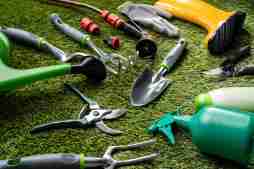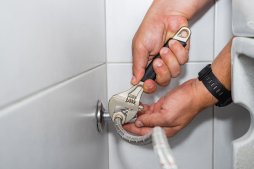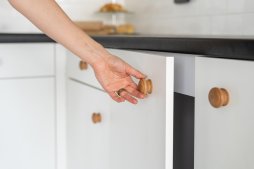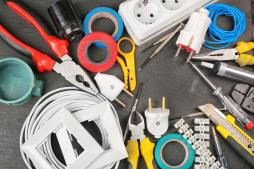How to Effectively Fix Gaps in Hardwood Floors: A Step-by-Step Guide
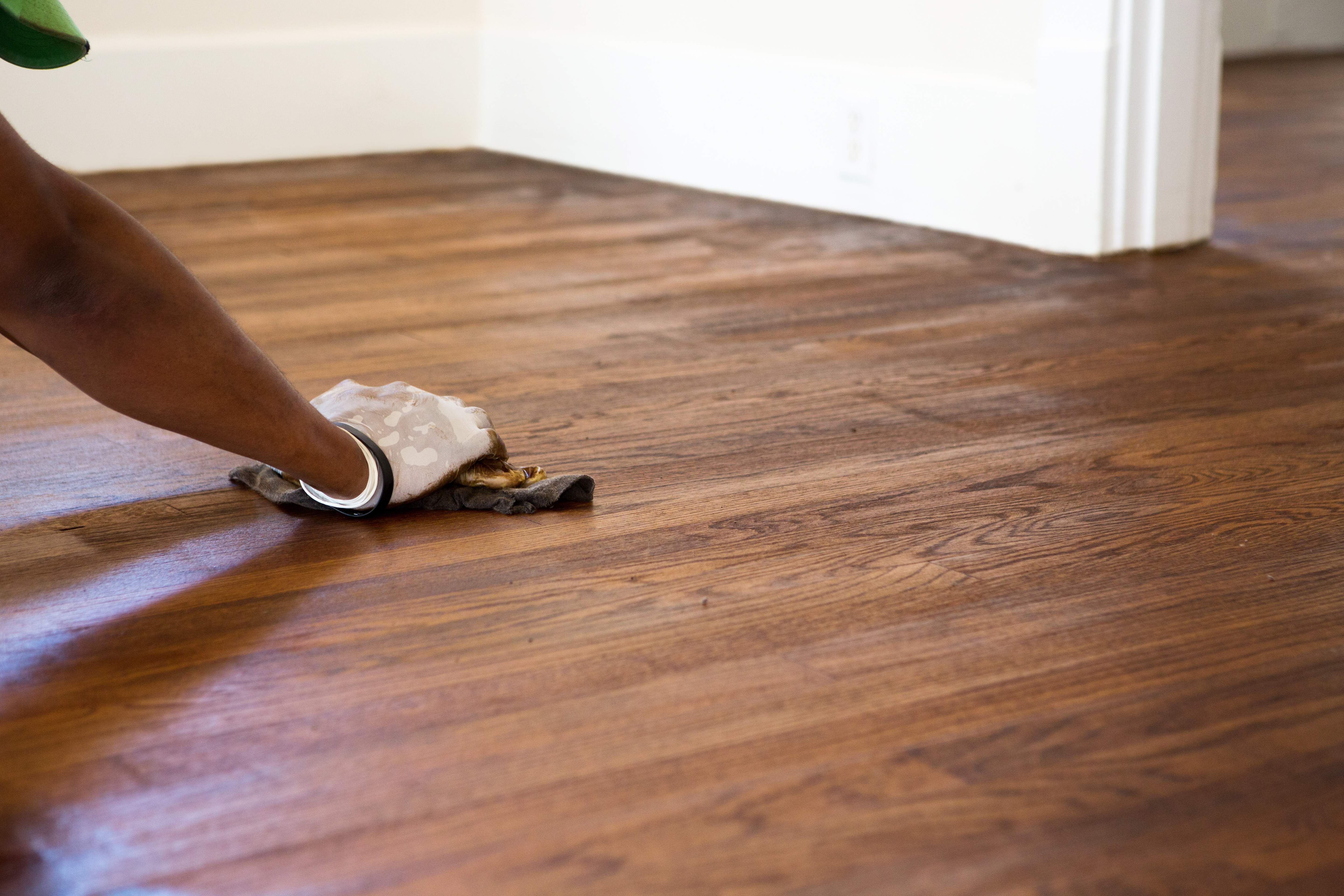
Gaps in hardwood floors can be unsightly and may cause discomfort or even damage over time. Fortunately, fixing these gaps is a manageable task that homeowners can often tackle themselves with the right tools and techniques. This guide will walk you through effective methods to repair gaps in your hardwood floors, helping you restore their beauty and functionality.
Understanding the Causes of Gaps in Hardwood Floors
Before diving into repairs, it’s important to understand why gaps appear. Common causes include seasonal changes in humidity causing wood to expand and contract, improper installation, or natural aging of the floorboards. Recognizing the underlying reason will help determine the best repair approach for your specific situation.
Assessing the Size and Location of Gaps
Not all gaps require the same treatment. Small, hairline cracks might only need filler, while larger spaces between boards could require more extensive repairs like inserting wood strips or replacing damaged planks. Carefully inspect your floor to identify which areas need attention.
Step-by-Step Guide to Filling Small Gaps with Wood Filler
For minor gaps, using a high-quality wood filler can be an effective solution. Start by cleaning the area thoroughly to remove dust and debris. Next, apply the wood filler with a putty knife into each gap, pressing firmly for good adhesion. Allow it to dry completely according to manufacturer instructions before sanding smooth and refinishing if necessary.
Repairing Larger Gaps with Wood Strips or Replacement Boards
When dealing with wider gaps that fillers can’t adequately cover, consider inserting thin wood strips cut to size from matching hardwood species. Secure them into place using wood glue or nails as appropriate. In cases where boards are warped or damaged beyond repair, replacing them entirely ensures a seamless floor surface.
Preventative Tips for Avoiding Future Gaps in Hardwood Floors
Maintaining stable indoor humidity levels between 35% and 55% helps prevent excessive expansion and contraction of wood floors. Using humidifiers during dry seasons and dehumidifiers when moist can protect your flooring investment long term. Regular cleaning without excess water also preserves integrity.
Fixing gaps in hardwood floors doesn’t have to be daunting when approached methodically with proper materials and care. Whether you opt for simple fillers or more involved repairs like board replacement, addressing these issues promptly keeps your floors looking beautiful while maintaining their structural soundness.
This text was generated using a large language model, and select text has been reviewed and moderated for purposes such as readability.




